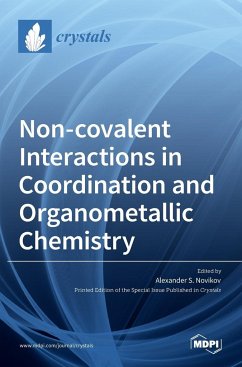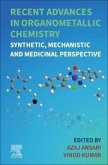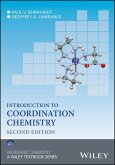Non-covalent interactions in coordination and organometallic compounds (hydrogen, halogen, chalcogen, pnictogen, tetrel, and semi-coordination bonds; agosic and anagosic interactions; stacking, anion-/cation-¿ interactions; metallophilic interactions, etc.) are topical in modern chemistry, materials science, crystal engineering, and related fields of knowledge. Both experimental and theoretical methods are widely used for investigations of the nature and various properties of such weak contacts in gas, liquid, and solid states. Non-covalent interactions could be the driving force to design smart materials with valuable redox, electronic, mechanical, magnetic, and optical properties, which is promising for the manufacture of LEDs, photovoltaic cells of solar power plants, porous structures, sensors, battery cells, and liquid crystals. This Special Issue highlights and presents an overview of modern trends in non-covalent interactions in coordination and organometallic compounds, and bringing various different types to the attention of the scientific community.
Hinweis: Dieser Artikel kann nur an eine deutsche Lieferadresse ausgeliefert werden.
Hinweis: Dieser Artikel kann nur an eine deutsche Lieferadresse ausgeliefert werden.








